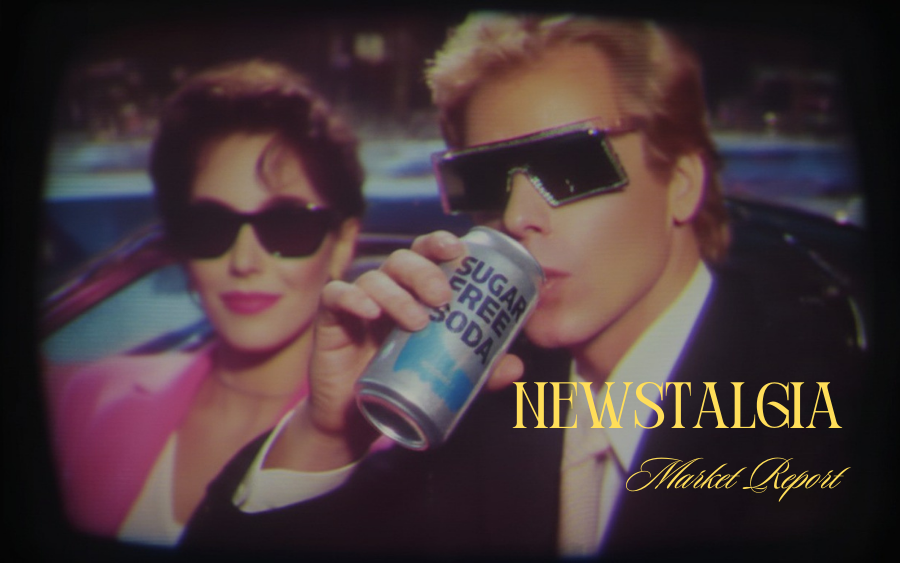
Newstalgic is a mash-up of new and nostalgic. It describes products, experiences, or marketing that feel fresh while using a base of old memories. The idea is to update something from the past while adding novelty.
Comfort is selling again. Newstalgia, the collision of childhood flavors and adult formats, is reshaping North America’s $1.5 trillion food and beverage market. Over the past 3 years, Google searches for “retro candy,” “Y2K snacks,” and “bring back” campaigns reached double digits. Limited-time comebacks (McDonald’s Grimace Shake, Dunkaroos, Viennetta) show nostalgia now drives measurable sales lifts.
Gen Z and Millennials, two groups supposedly chasing the new are now leading the charge. They want comfort cues (cotton candy, blue raspberry, grape soda) but in a cleaner version or ironic formats (cocktail syrups, energy drinks, THC gummies).
Nostalgia has grown up.
For flavor developers, it’s less about replicating the past and more about re-formulating it for today’s diets, labels, and supply chains. Ignore it, and you’re leaving whole categories of R&D briefs on the table.
Let’s cut to it.
Newstalgia is nostalgia at a higher price point. Companies learned about consumer insights, and now charges $15 for a Hi-C cocktail.
After years of pandemic stress and economic wobbliness, consumers retreated to what they knew. Dalgona coffee. Home-baked bread. The food equivalent of hiding under a weighted blanket. But we’re in 2025, so consumers didn’t just want the old back. They wanted it better, cleaner, and prettier.
Datassential calls nostalgia “a significant driver for flavor and product development” going forward. Mintel found 38% of U.S. consumers like flavors that remind them of childhood, all the way to 44% for men aged 35-54. Symrise’s research proves it even more: 76% of people aged 22-55 love things that echo their past.
The generational crossover makes it bulletproof. Millennials and Gen X revisit their youth with rose-colored glasses firmly on. Gen Z discovers retro icons for the first time. Same product, two different emotional hooks. Brands noticed: “As Millennials, Gen X and Boomers look back, while Gen Z experiences these trends anew, brands should dive into the archives,” Datassential advises.
But here’s where it gets interesting to manufacturers. Research shows people feeling nostalgic will pay more than those in future-thinking mindsets. When flavor doubles as therapy, entertainment, and belonging, $19 for gourmet “pigs in a blanket” starts making sense.
The sensory science backs it up. Flavors and scents wire directly to memory through the olfactory system’s connection to brain limbic centers. Among scents, baked goods trigger the strongest nostalgia related response. In North America, where childhood memories involve specific branded treats (Cap’n Crunch crunch, Kool-Aid fake-grape), those flavor cues are gold.
If you want proof that newstalgia is on fire, just check your feeds. Social media and search trends have become the 21st-century time capsule, reviving and remixing retro food culture like never before. On TikTok, creators making vintage recipes go viral overnight.
One week it’s a 1950s jello salad “challenge,” next it’s a 90s Lunchables charcuterie board DIY. The TikTok hashtag #nostalgicfood (and variants like #throwbacksnacks) collectively gathered hundreds of millions of views, as users film themselves tasting old childhood candies or recreating school cafeteria pizza.
The platform’s younger users have effectively become nostalgia curators, often introducing their peers to bygone treats. As an example, a TikTok trend in 2023 involved bringing back “college dorm” recipes from the early 2000s (instant ramen hacks and peanut-butter toast), simultaneously poking fun at and celebrating those simpler times.
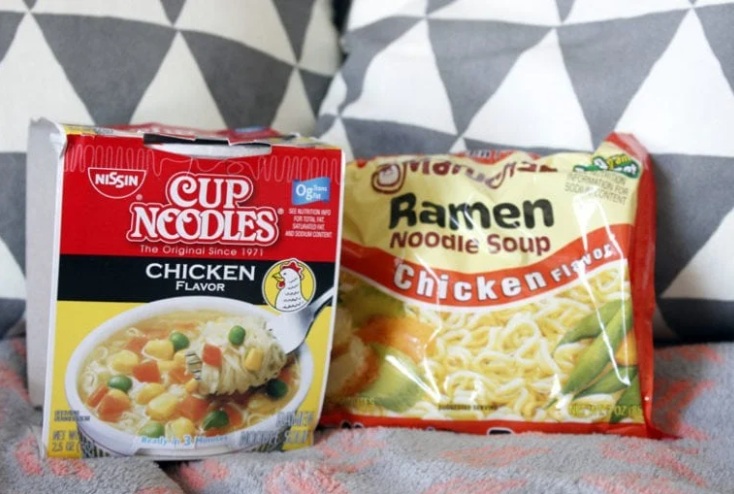
Pinterest and Google search data mirror this phenomenon. Pinterest Predicts highlighted “Melty Mashups”, unexpected comfort food combinations, as a breakout. Searches for “interesting” combos like “burger quesadilla” and “pizza pot pie” have spiked as people hunt for indulgent Franken-foods that marry two of their nostalgic favorites.
Over on Google, U.S. searches for terms like “retro candy”, “Y2K snacks”, and specific items (e.g. “Dunkaroo dip recipe”) have surged in the last 1-2 years. Even “Viennetta ice cream cake”, a once-popular 90s dessert that had faded away saw a burst of search interest after mentions on social media.
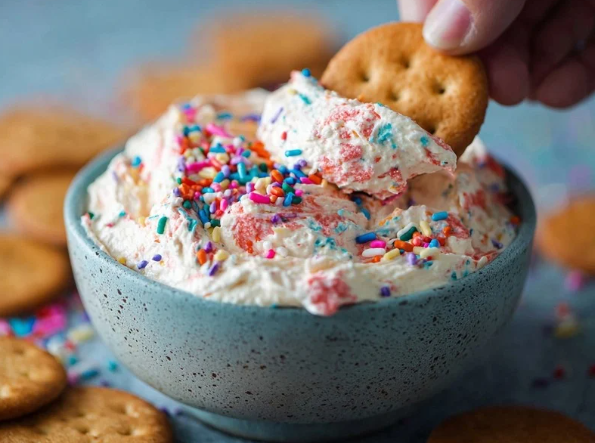
And when PepsiCo teased the return of Crystal Pepsi for its 30th anniversary, Google queries lit up with people looking to get their hands on the clear cola again.
Perhaps the most telling digital signal: online nostalgia communities. Reddit threads like r/nostalgia regularly discuss resurrecting discontinued snacks (with users swapping tips on where to find the last remaining stash of a favored candy). Facebook groups for 80s/90s kids share memories of foods (“Remember these?!” accompanied by photos of vintage cereal boxes).
In some cases, fan petitions on Change.org or Facebook campaigns (e.g. “Bring Back XYZ Snack”) have succeeded, proving the power of organized digital nostalgia. For instance, an outcry on social media helped convince Taco Bell to bring back its Mexican Pizza in 2022, and the item’s return was massively amplified by TikTok hype and user-generated content celebrating the comeback.
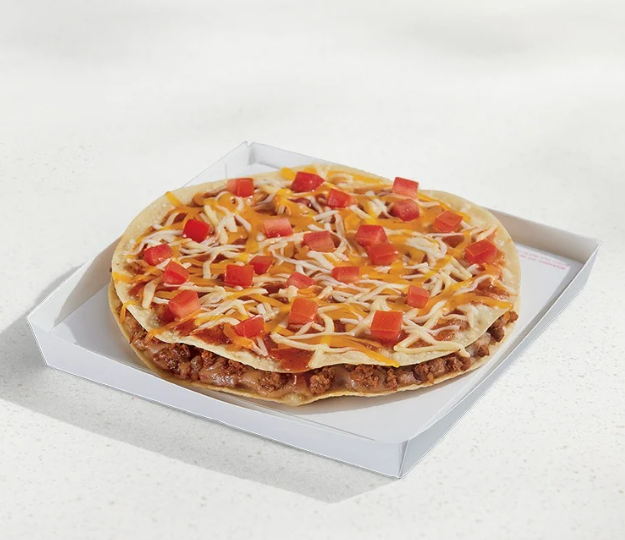
In summary, TikTok got hold of our memories and things exploded. The internet not only reflects consumer nostalgia; it turbocharges it. For the flavor industry, these online signals are a treasure trove of insight, essentially a real-time R&D wishlist showing which old flavors or products might be ripe for a new run.
What do newstalgic products taste like?
In a word: comfort. But comfort comes in many flavors…
Candy-Store Originals
Bubblegum, cotton candy, blue raspberry, sour apple, grape, s’mores (graham, marshmallow, chocolate), peanut butter & jelly, cheesecake, fudgy chocolate, banana pudding, apple pie.
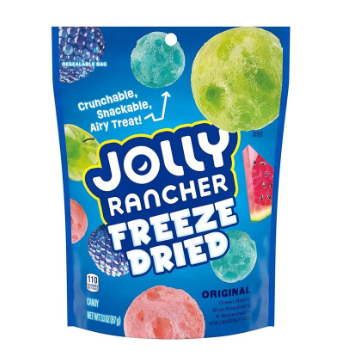
Revisited
Chili-spiked sweets (like chili-chocolate cupcakes or Mexican hot chocolate), chipotle mac & cheese, kimchi grilled cheese, soy sauce in American comfort food, bourbon-cola BBQ, rosé gummies, cocktail-flavored ice creams such as old fashioned, bakery flavors in spirits including lemon pound cake vodka or s’mores stout.
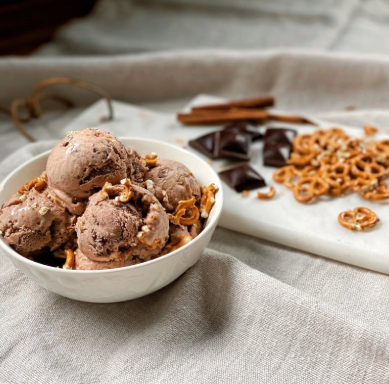
Seasonal
Pumpkin spice, peppermint mocha, caramel apple, candy corn, eggnog, gingerbread, Holiday Spice Pepsi (spiced cola), tropical punch, limeade.
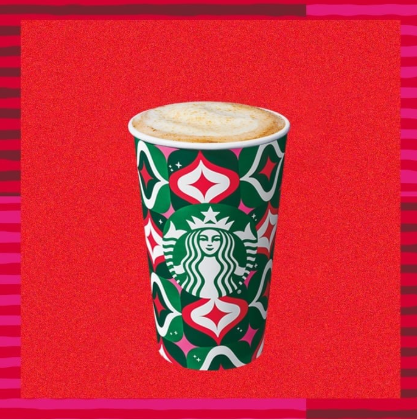
Salty Throwbacks
Cheese (nacho cheese, classic Doritos profile), ranch, BBQ (regional sauce styles), dill pickle.
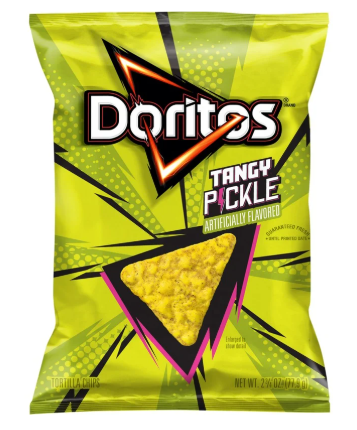
Essentials
Vanilla milkshake, plain chocolate pudding, strawberry, cinnamon, mushroom (pure umami), saltine crackers in ice cream.
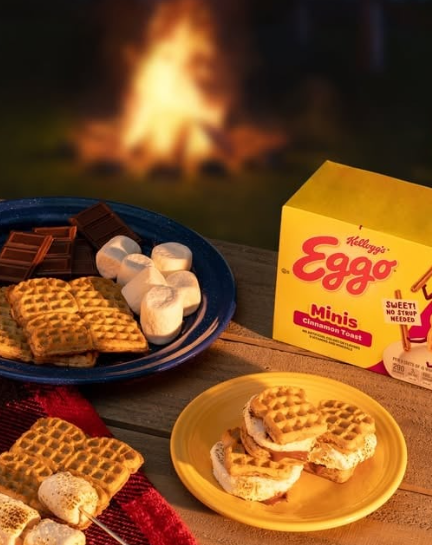
In North America, these flavors are rekindling the nation’s pantry of the past. From the corner candy store favorites to the county fair treats, from mom’s baking spices to neon freezer pops, it’s all coming back, and often all at once. For flavor houses, mapping these trends is crucial. The core palette (fruit candies, vanilla, chocolate, peanut butter, etc.) provides the building blocks, while the trendy palette (mixes, comfort foods, seasonal) tell us where to innovate. It’s an exciting mix of reassuring and intriguing, just what newstalgia is all about.
Behind the hype, there are some very real technical challenges.
R&D and flavor teams must now solve new puzzles around sweetness, authenticity, stability, and regulatory that the original versions never faced.
Here are the key formulation and application challenges, and how the industry is tackling them:
Sweetness Balance & Sugar Reduction
Many nostalgic treats were supremely sweet, loaded with sugar or corn syrup. Modern consumers (and regulators) are less forgiving of high sugar levels, yet that sweetness is integral to the remembered taste. Reformulating iconic flavors with lower sugar is tricky because alternative sweeteners can introduce off-tastes or lack the same “body”. For example, a rebooted cereal might aim to have 30% less sugar than its 1985 counterpart, but if you simply cut sugar, it won’t taste the same at all.
Artificial Flavor Perception vs. Clean Label
Let’s face it, a lot of the nostalgic flavors we adore were delivered by artificial flavor chemicals. The vivid blue raspberry, the intense grape, the neon orange cheese powder. Those define the flavor in memory, but today’s consumers (and certainly product developers) lean toward natural flavors and colors. The issue is that natural equivalents can differ. For instance, the blue raspberry flavor originally comes from a combination of esters (like isoamyl acetate for banana notes, etc.) and to replicate that with natural extracts is a challenge and often more expensive.
Color & Appearance Stability
In the same vein, those vibrant nostalgic colors (electric blue drinks, rainbow cereals) often came from artificial dyes that are now scrutinized or outright banned (e.g., Red #3 is facing bans, Red #40 and Yellow #5 have warning label debates, etc.). Natural colors can fade, shift, or react in formulations. The Food Navigator piece on cotton candy noted that brands are doubling down on natural colors to preempt dye regulations.
Flavor Authenticity vs. Memory
There’s a cognitive science challenge here: people’s memory of a flavor can be exaggerated or idealized. A candy you ate at age 10 might, in your mind, have been bursting with flavor, but if you tasted it today, it might be less intense than you remember. When creating a revival, how do you match the memory rather than the historical reality? As Trilogy Flavors notes, “memories of a flavor are often more vivid than the flavor itself”.
Stability in Retro Formats
Many nostalgic foods have unconventional formats or matrices (powders, foams, syrups, etc.) that pose stability issues, especially when updating formulas. A great example is popping candy (Pop Rocks) which requires very low moisture and specific packaging to keep its “pop”. If one tries to incorporate popping candy into, say, a chocolate bar (something some brands have done as a novelty), you have to ensure the candy doesn’t absorb moisture or it’ll go flat. Similarly, freeze-dried elements (our study on the subject right here) need protection from humidity; packaging with good barriers or inclusion in dry mixes only.
Matrix Compatibility
Translating a flavor into a new format can reveal technical incompatibilities. For instance, a cereal milk flavor might work great in ice cream (fat + cold = good vehicle) but be much harder to capture in a clear RTD beverage. The creamy orange creamsicle flavor nostalgically is tied to a dairy-ish profile; putting that in an acidified drink means using flavor encapsulations or emulsions that won’t separate. Thus, flavor chemists sometimes create more concentrated or tailored versions of a nostalgic flavor for new formats, maybe boosting certain top-notes knowing some will be lost in a protein shake, etc.
Regulatory & Safety Updates
A less glamorous but critical challenge: some ingredients or processes from “the good old days” are no longer acceptable. Perhaps a solvent used in the original flavor extraction is now disallowed, or an artificial sweetener used then fell out of favor. Reformulating requires finding new allowable ingredients that don’t alter the taste. Additionally, allergen awareness is higher now, so a nostalgic flavor that originally used peanut extract, might now opt for a peanut-free approach to be allergen-friendly, but that risks losing authenticity.
Those are the nitty-gritty hurdles that we are solving to bring the magic back without the baggage.
thank you for reading!